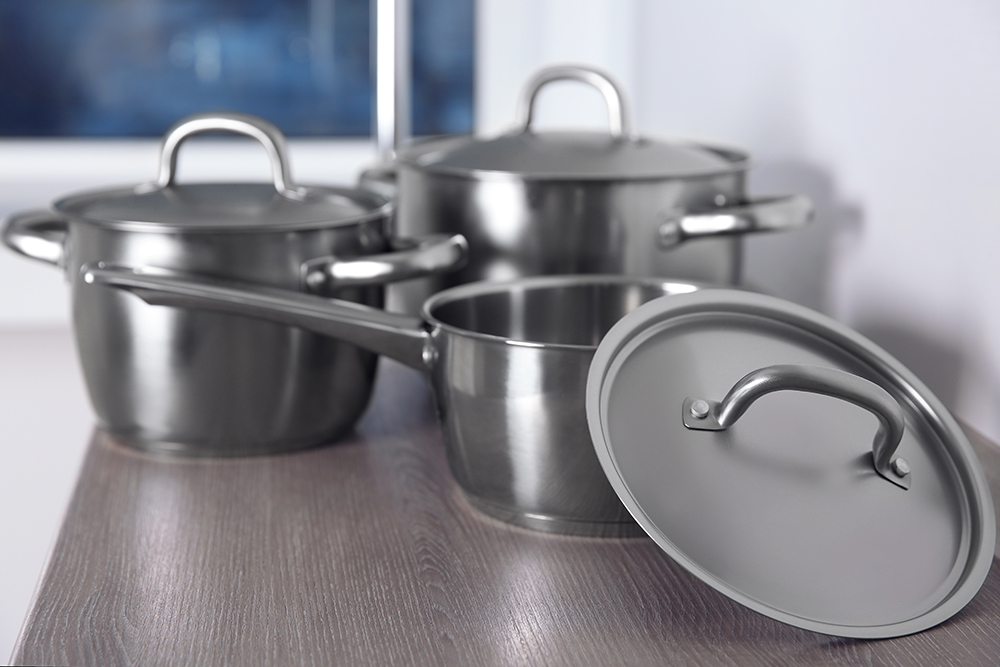Dang. Good call. The one I was talking about is cheap and says that the coating is from Germany but it is assembled in China. So that could very well explain it. Thanks for pointing that out.which ozeri? mine look good so far. There are handcraft ones and other cheaper ones I think made in china so look out.
Link to the one NOT to get:
Amazon product ASIN B00W8FM8UAView: https://www.amazon.com/gp/product/B00W8FM8UA/ref=ppx_yo_dt_b_search_asin_title?ie=UTF8&th=1


